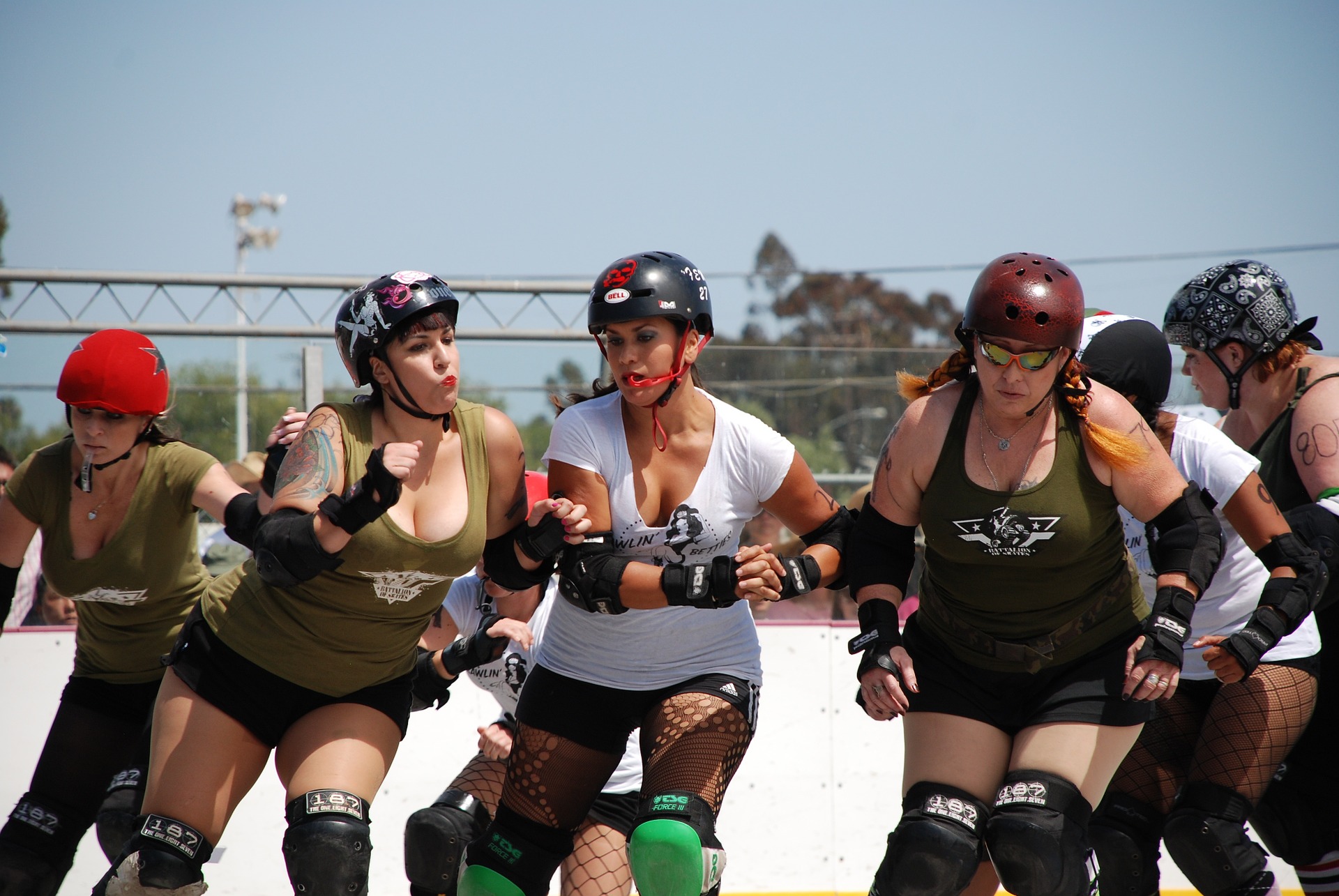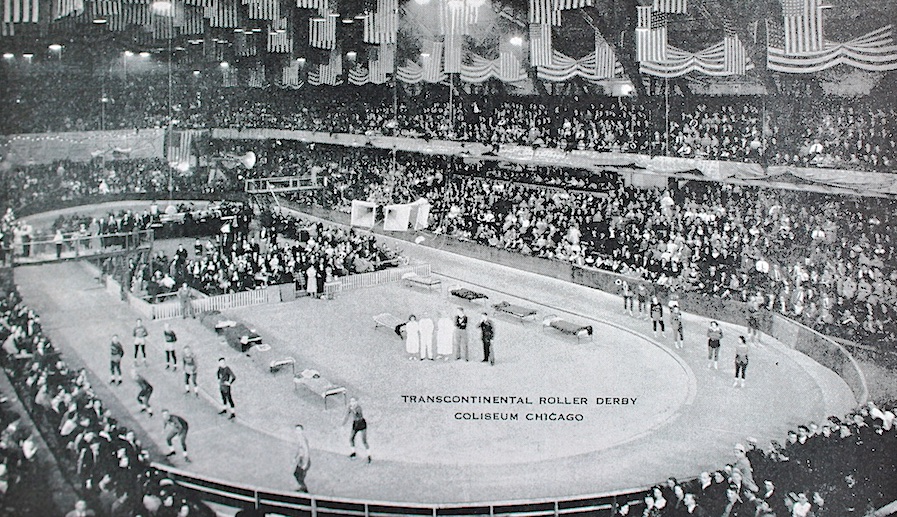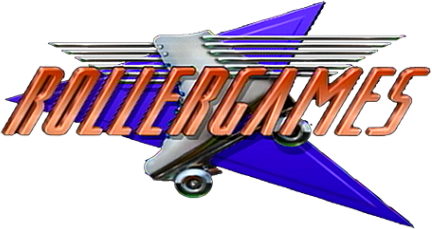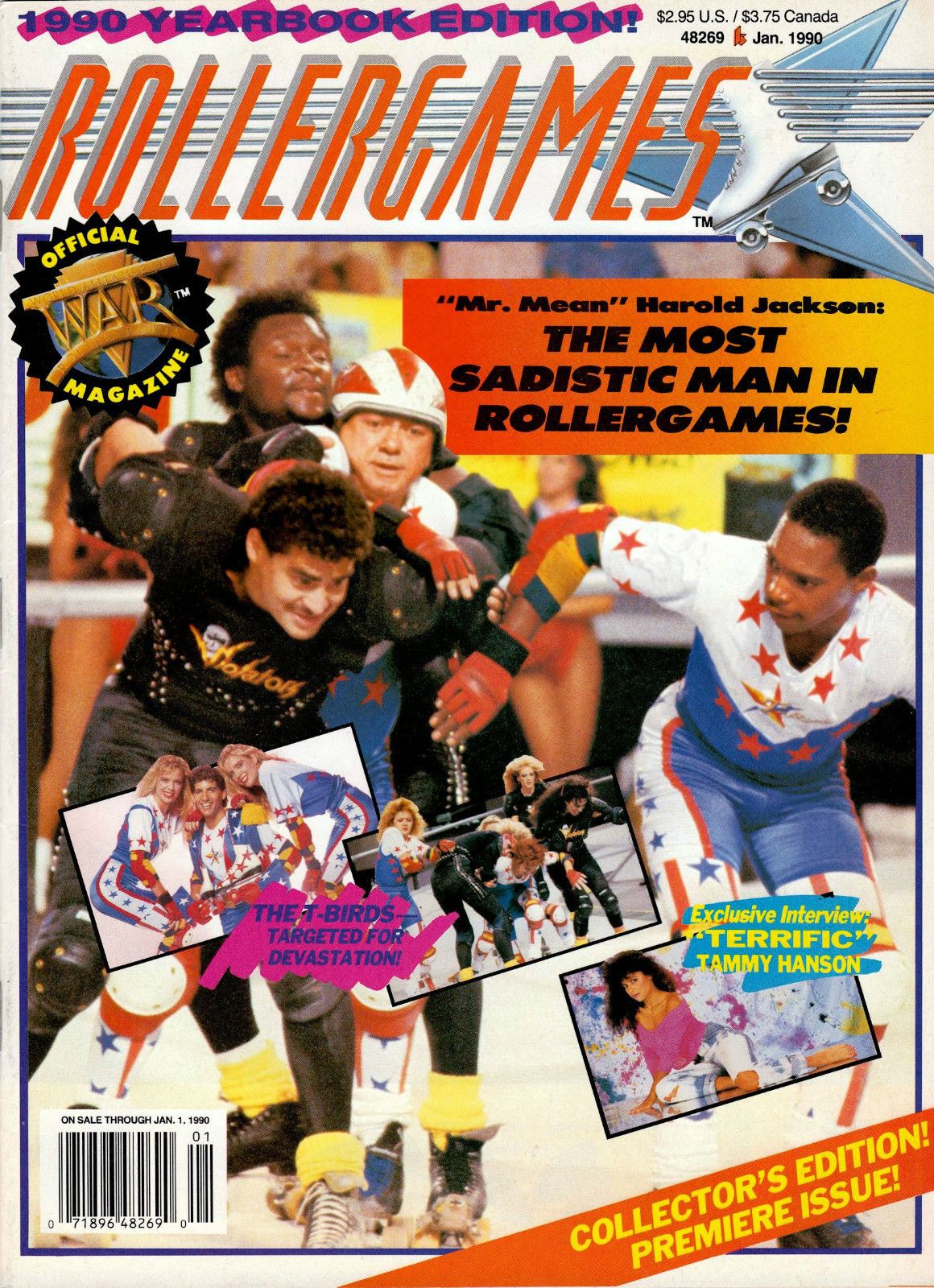History of Roller Derby
Professional endurance races
The growing popularity of roller skating in the United States led to the formation of organized multi-day endurance races for cash prizes as early as the mid-1880s. Speed and endurance races continued to be held on both flat and banked tracks in the century's first three decades[35] and spectators enjoyed the spills and falls of the skaters. The term derby was used to refer to such races by 1922.

An endurance race
Evolution to contact sport
The endurance races began to transform into the contemporary form of the sport in the mid-1930s, when promoter Leo Seltzer created the Transcontinental Roller Derby, a month-long simulation of a road race between two-person teams of professional skaters. The spectacle became a popular touring exhibition. In the late 1930s, sportswriter Damon Runyon persuaded Seltzer to change the Roller Derby rules to increase skater contact. By 1939, after experimenting with different team and scoring arrangements, Seltzer's created a touring company of four pairs of teams (always billed as the local "home" team versus either New York or Chicago),[44] with two five-person teams on the track at once, scoring points when its members lapped opponents.

The first Transcontinental Roller Derby, held at the air-conditioned Chicago Coliseum on August 14, 1935
Television
On November 29, 1948, before television viewership was widespread, Roller Derby debuted on New York television. The broadcasts increased spectator turnout for live matches. For the 1949–1950 season, Seltzer formed the National Roller Derby League (NRDL), comprising six teams. NRDL season playoffs sold out Madison Square Garden for a week. During the late 1950s and 1960s, the sport was broadcast on several networks, but attendance declined. Jerry Seltzer (Leo's son), the Roller Derby "commissioner", hoped to use television to expand the live spectator base. He adapted the sport for television by developing scripted story lines and rules designed to improve television appeal, but derby's popularity had declined.

1989 saw the debut of RollerGames, an even more theatrical variant of roller derby for national audiences. It used a figure-8 track and rules adapted for this track. Bill Griffiths, Sr. served as commissioner while his son, Bill Griffiths, Jr., managed the L.A. T-Birds, who (according to the storyline) were seeking revenge on the Violators (led by Skull) for cheating in the Commissioner's Cup. The other teams included the Maniacs (led by Guru Drew), Bad Attitude (led by Ms. Georgia Hase), the Rockers (led by DJ Terringo and consisting of skaters who were also professional rock and roll musicians), and Hot Flash (led by Juan Valdez Lopez). It ran one season, because some of its syndicators went bankrupt.

1990 Issue on the RollerGames
In 1999, TNN debuted RollerJam, which used the classic rules and banked oval track, but allowed inline skates (although some skaters wore traditional quad skates). Jerry Seltzer was commissioner for this version